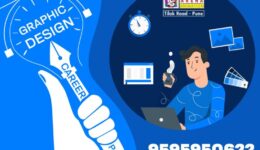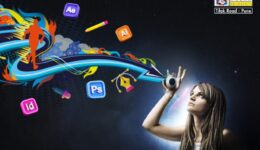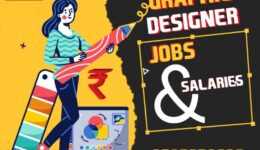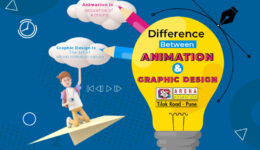Industry-Ready Graphics Design Education: Graphics Design Courses in Pune with Job Placement Program
Since the evolution of humans, we have come a long […]

Since the evolution of humans, we have come a long […]

Are you considering a career in animation but unsure how […]

Maintaining a profitable firm depends heavily on advertising. You may […]

Graphic designers use their diverse skills and tools in many […]

The 2023 graphic design trends are here, ushering in another […]

Graphic designing is a thriving industry fueled by the desire […]

UI/UX design is an essential aspect of digital product development, […]

Animation V/S Graphic Design – Which is a Better Career […]